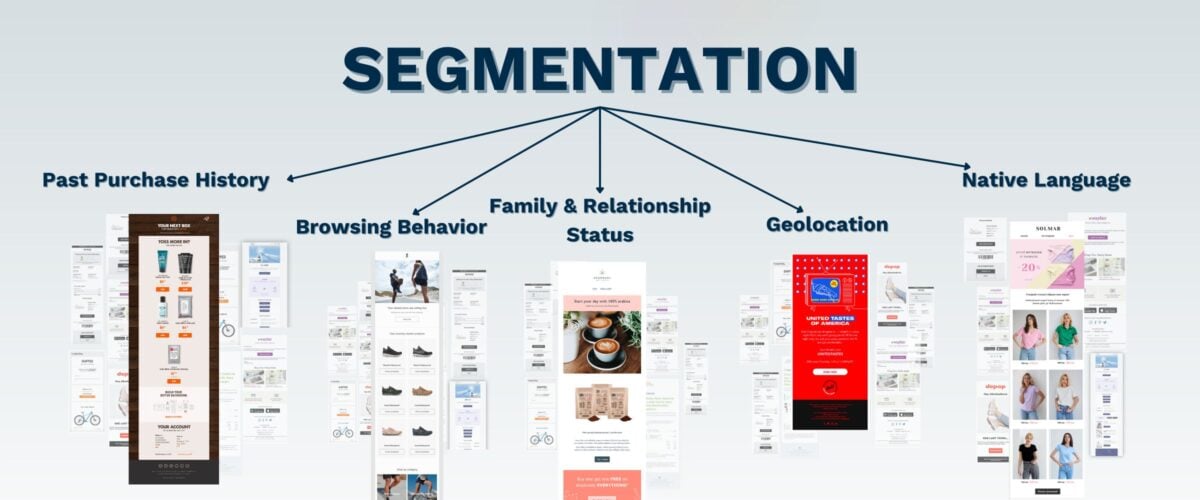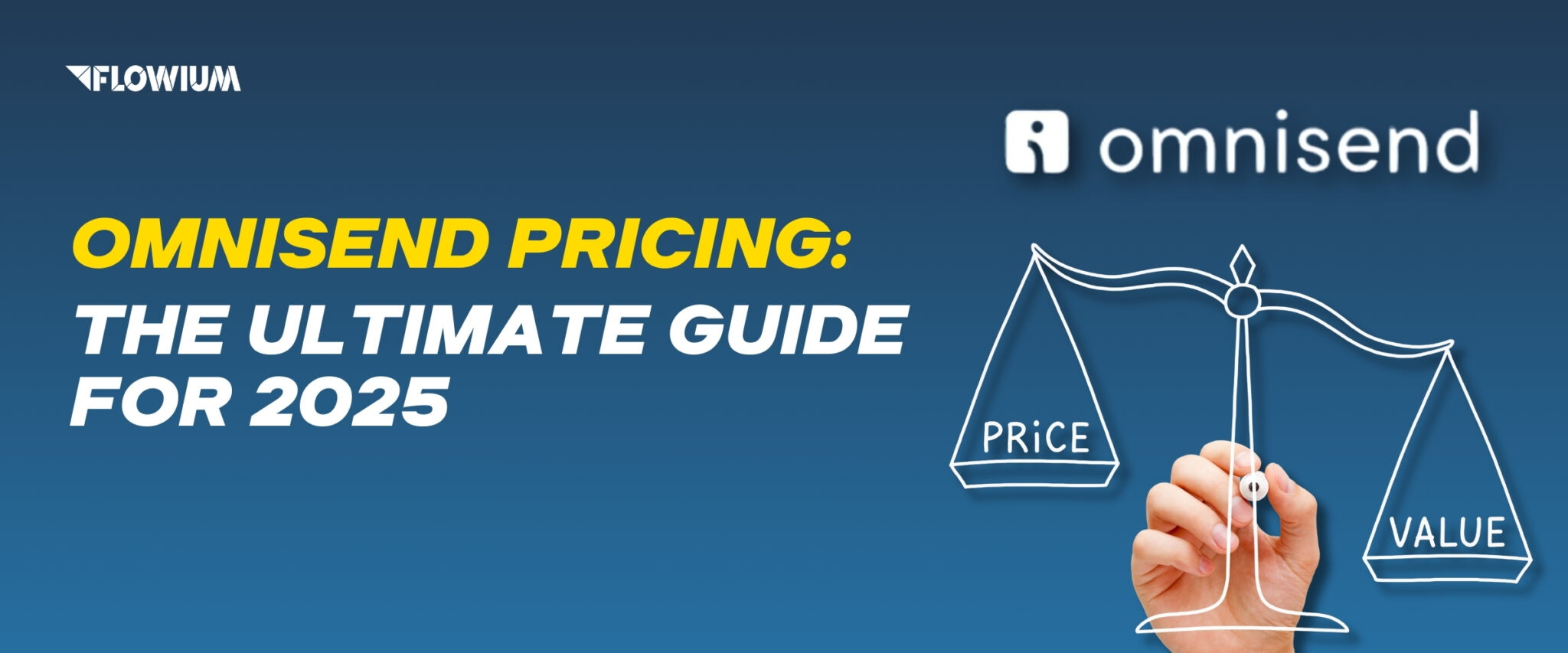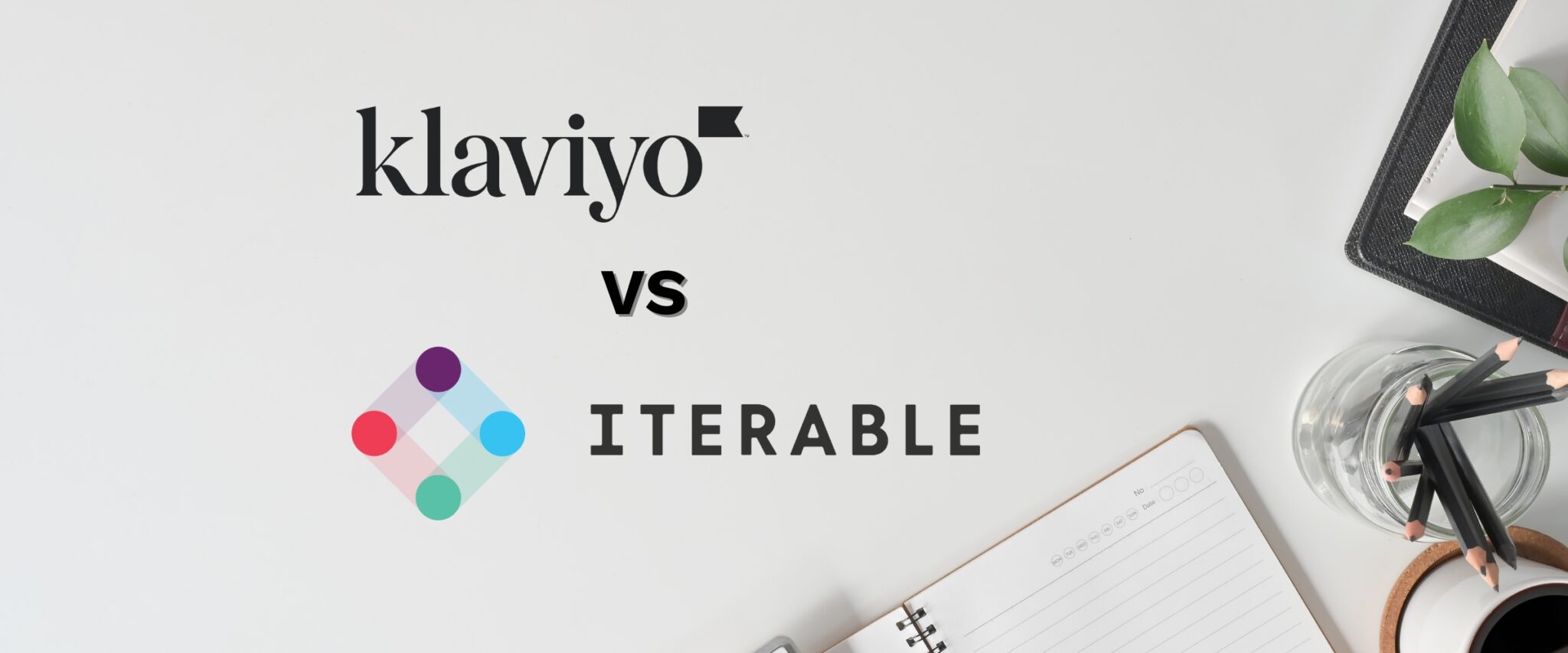The days of mindlessly blasting mass generic campaigns are long gone. The key to the success of your email marketing is relevance and personalization. To achieve it, you need to put extra effort into organizing the proper email list segmentation.
We’ll explore the nuances of this process in this guide, covering everything from concepts and examples to best practices and advantages. After reading this article through to the end, you will have all the information you need to start segmenting email lists.
What is Email Segmentation?
The people who receive your emails are not a single, undifferentiated group eager to hear from you. They are a complex, infinitely varied assemblage of requirements, attention spans, and needs. Therefore, segmenting your consumer base according to particular traits will assist make your message more relevant to them.
Now, let’s look at the essence of this process and first answer the question “What is segmentation in email marketing?”.
Email segmentation is the division of your customer database – or email list – into small groups (called segments) based on specific sets of criteria.
Segmentation is a way to deliver relevant email marketing information that is personalized to each set of users based on factors such as their:
- Purchase history
- Geographic location
- Interests
- And many other criteria.
With list segmentation, you can give your ecommerce customers more material that is relevant to them. Then your target audience is more likely to open, interact with, and convert from emails.
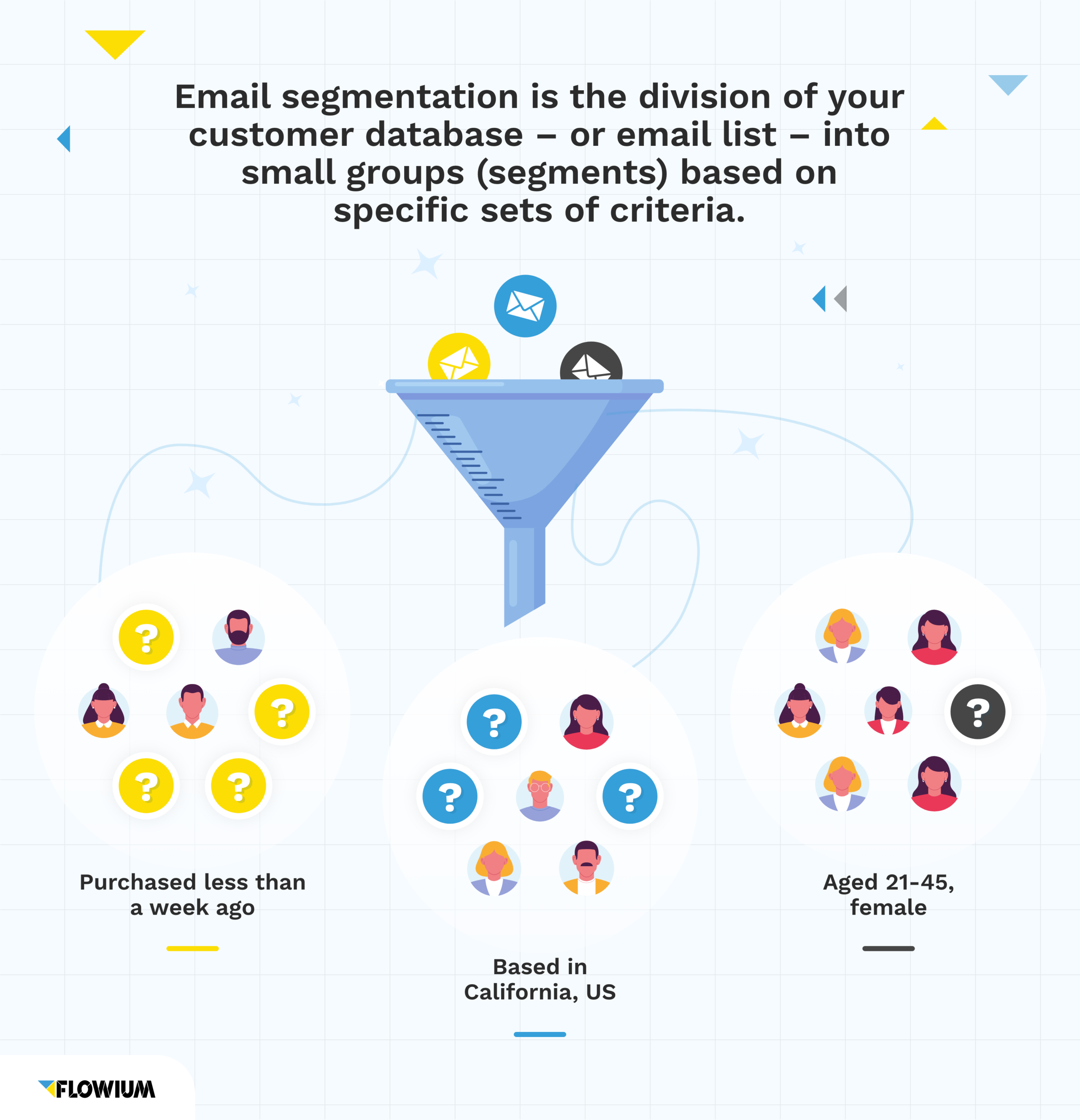
Why is Segmentation Important in Email Marketing?
Many companies still mistakenly believe that all the subscribers on their list should receive the same content. However, in the case of email marketing, a lack of effort will always be compensated for with a lack of outcomes.
If all you have to offer your clients is generic information, they won’t be receiving anything that will incentivize them to reply to or take action on your company’s call to action.
To not step into this pitfall, businesses must understand why segmentation is important and what benefits it brings. Here are some major advantages that you’ll receive with the correctly done process.
- Segmentation increases personalization
Feeling a personal touch is something everyone enjoys. You can personalize messages, attend to each customer’s needs individually, answer their questions, and resolve purchasing issues by segmenting your customer database into helpful lists. With email segmentation, you may greet your consumers personally and amiably so that, ideally, you won’t have to say goodbye.
- Segmentation increases open, click-through, and conversion rates
To begin with, segmentation raises open, click-through, and conversion rates.
It’s pretty logical if you think about it. When your inbox fills up with dozens of newsletters, promotions, and company updates, which emails are you most likely to open? The ones that, in contrast to the generic ones, feel more tailored and pertinent to you. That’s why we also recommend writing more attention-grabbing subject lines for your subscribers by segmenting your list.
💡 A personalized subject line makes your subscribers curious to find out what’s inside. And if the content of the email is equally personalized, they’ll be more likely to act on your call to action.
- Segmentation lowers unsubscribe rates & avoids spam filters
You can prevent yourself from sending an excessive amount of emails to your subscribers, which they will either delete or never open. If people think your emails are pointless, they’ll want to clear out their inbox and unsubscribe.
Additionally, segmenting your list will assist you in preventing spam flags being placed on your emails. Your readers are likely to flag your emails as spam or unsubscribe if you send them too frequently in generic language.
Another risk is that their email service provider most likely will handle it if they don’t. One of the primary reasons for worse email deliverability is spam reporting.
How To Segment Email Lists
Although there are some nuances to email list segmentation, it’s not really difficult. To successfully implement it, all you need to do is follow a methodical, step-by-step process that is both strategic and precise.
Here are 5 practices that will give you the major idea how to segment your email list properly.
Starting with the foundation of knowing your subscribers better than they know themselves and ending with constantly tracking and analyzing results, you’ll eventually hack this game. To find a more detailed instruction, you can read one of our previous articles on the topic.
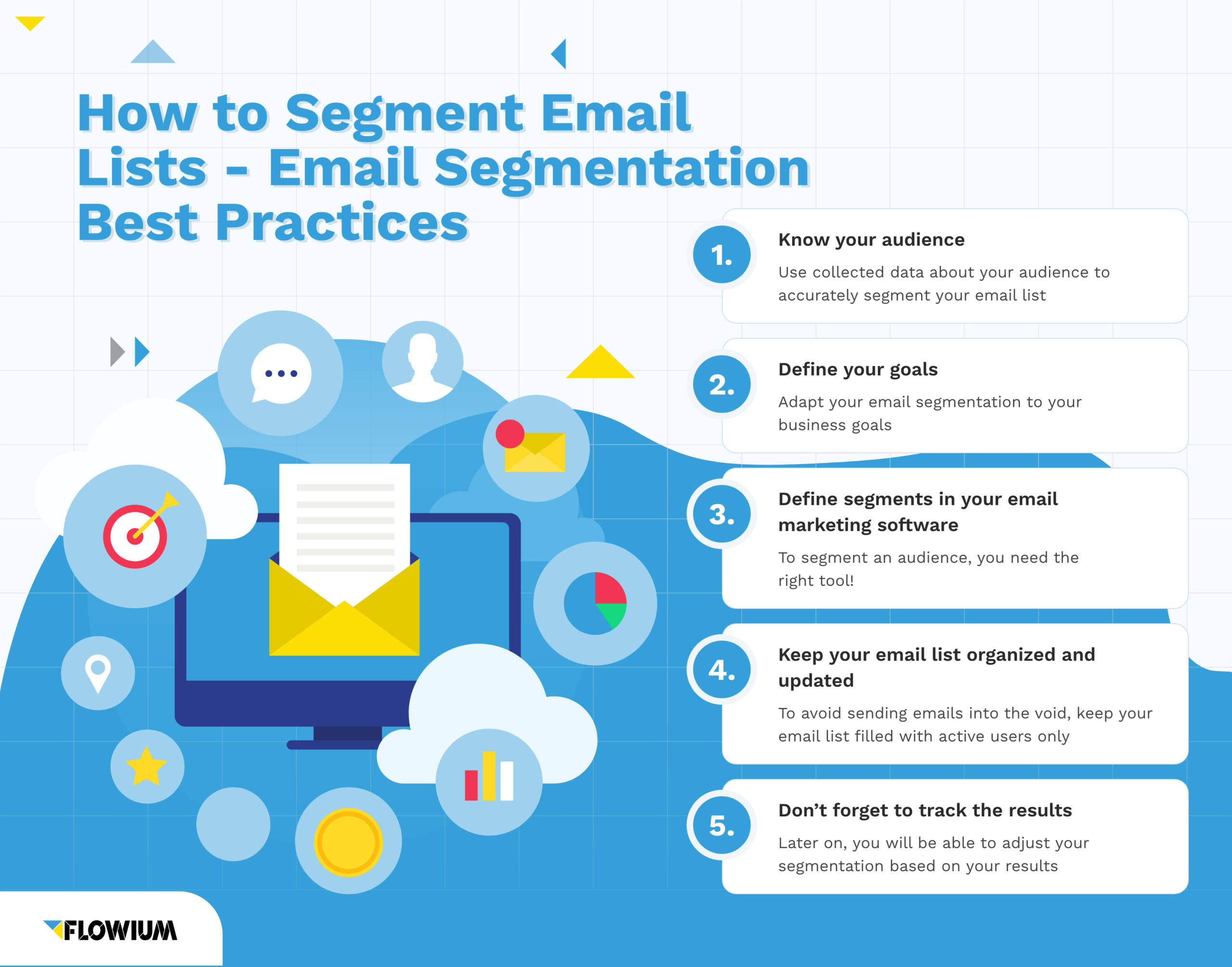
- Know your subscribers
In order to properly segment your list and determine which email messages are appropriate for each section, you must have as much information as possible about your subscribers. It can range from basic demographics like age and gender to additional specifics like past purchase history and behavioral data.
Because of this, it’s essential that you always have up-to-date consumer data.
You can also just ask them directly through surveys, polls, or interviews what their interests and preferences are. You will undoubtedly receive the data required to optimize your email segmentation from this proactive method.
- Define your goals
Implementing segmentation in email marketing has to be done with a clear goal in mind to offer your subscribers relevant content.
For example, you can segment by past purchase history, signup channels, or the stage of the buyer’s journey. For example, if someone subscribes to your email list from a blog article about email segmentation, you’ll know they’re interested in more content around this topic. Then you can segment the subscriber groups based on the data from their signup channel.
- Plan your segments ahead
To get started on the right foot, you’ll need to choose the right email marketing tool that aligns with your segmentation needs. It’s crucial to automate the segmentation process as swiftly as possible. Otherwise, you’ll drown.
It is advisable to first create a clear route ahead of you before configuring everything in your email marketing software. Create a plan for your audience segmentation approach, including the characteristics of each target category and how you plan to segment the audience.
- Keep your email list organized
Effective email segmentation requires maintaining good email list hygiene. A cluttered, messy email list is harder to segment and can easily lead to missed opportunities and diluted messaging.
To facilitate email segmentation, prepare your email list in advance. Get rid of invalid or nonexistent email addresses and inactive subscribers. You’ll get better segmentation results and overall email delivery by doing this.
In addition to thoroughly cleaning your email list, it’s critical to categorize your subscribers according to crucial characteristics or actions. These labels, sometimes referred to as tags or custom fields, make it easy for you to segment your subscriber base.
- Don’t forget to track the results
Effective email segmentation doesn’t rely solely on intuition. It involves having a clear plan, an email list that is optimized, and a deep understanding of your target audience. Most significantly, though, it necessitates monitoring and evaluating your outcomes in order to adjust and improve your strategy as necessary.
You can spot both positive and negative trends and patterns by monitoring metrics like open and conversion rates and contrasting the results of various areas. This will enable you to focus more on what is and is not functioning.
Best Email Segmentation Strategies by Categories
To complete this guide, our experts prepared a comprehensive list of the best email marketing segmentation strategies. Here, you’ll be able to find them categorized and explained with commentary from Flowium’s specialist to some of them to give you a better understanding.
Email Engagement Frequency
Creating email list segments based on engagement is a strategy that suits any type of business, be it a B2B or ecommerce DTC brand. Here you can see the most often used segments with their major criteria.
- Engaged [120] Days
- Engaged 180 – Never Purchased
- Engaged Ever
- Engaged Ever [Never Purchased]
- Subscribed in the last [180] days – Never Purchased
- Active on site in the last [x]# of days
- Active on site in the last [x]# of days and never purchased
- Master List + Re-engaged of unengaged
- Engaged Past Purchasers
- Subscribed to list in last 180 days – Never Purchased
- Received [Specific] Campaign
- [x]% of the Master List
- [x]% of the Unengaged List
Purchase History
Adapting marketing tactics to demographics based on their history with your brand can improve client happiness and retention. Comprehending subscribers’ purchasing habits and inclinations facilitates more tailored and efficient correspondence. You can easily implement an email segmentation strategy from the list below according to your findings.
- Average Order Value (AOV) >$x
- Historic Lifetime Value >$x
- Spent <AOV → Turn into Spent >1.5x AOV
- 1 Time Purchasers → Turn into 2+ time Purchasers
- 2+ time purchasers [all time]
- 2+ time purchaser [Last 90 days]
- Purchased any product between [140] to [365] days ago and haven’t purchased again since
- High Engagement Never Purchased
- Spent > $[x] all Time
- VIP Campaign
- Purchased last year at roughly same time
💡 Customers who have made at least one purchase in the past can be divided into groups according to how they were initially engaged, such as through newsletter subscriptions or special offers, which may have affected their interest in sales or brand content. Benefits like free delivery, early access to new products, and special discounts should be given to highly engaged customers.
Sale
Based on the data from purchase history and engagement, you can also choose on of these email segmentation strategies based on the clients’ behavior during the purchasing process.
- Lapsed VIPs
This segment is for customers that placed at least three orders more than six months ago with a historical revenue of at least $300 are considered to be high-spending but non-recent customers. We recommend sending a win-back campaign, creating a handwritten card, a personalized AI-generated video, and a personalized message.
- Espresso Shot
These customers have engaged with your emails recently, but haven’t made a purchase. For a rapid increase in sales, you can follow up with this group with an email reminder a few days following a product launch or sale announcement.
- Potentials
Customers who have placed an order within the last 120 days and are not suppressed for email offer an opportunity to increase purchase frequency. They are an excellent segment for upsell campaigns.
- Nearly There’s
Ideal prospects for conversion campaigns are subscribers who have attempted checkout at least once in the last 120 days but have not completed an order. They may want some encouragement to finish the purchase. These people can be targeted to turn prospects into buyers because their email addresses are not suppressed.
- Waiting for Wows
Subscribers who clicked or opened an email at least once in the last 120 days but haven’t placed an order remain interested yet unconvinced to purchase. They should be carefully targeted as they are not silenced for emails. When attempting to turn these interested subscribers into customers, use campaigns sparingly to prevent having a negative effect on KPIs.
- Almost Purchased But Haven’t
- Added to cart/checkout all time but never purchased.
- Window Shoppers. These customers have engaged with your marketing and show some desire or intent to purchase, but haven’t made the leap yet. Consider sending them a campaign with social proof (like positive reviews or social media posts from your customers) to help convert them into first-time buyers.
- Viewed/Added anything to cart – last 120 days
- Viewed the site since the start of the sale
💡 Consider dividing your customer base into VIPs, frequent purchasers, high spenders, and disengaged VIPs based on Customer Lifetime Value (CLTV). Give VIPs first dibs on sales, early access to new items for regular customers, exclusive product releases for high spenders, and steeper sales discounts for disgruntled VIPs.
Product/Collection [Interest]
Monitoring what products your clientele have shown interest in and offering them more relevant goods is a winning approach. You can also use these metrics as an email marketing segmentation strategy.
- Purchased [Product/Collection] Ever
- Interest in [Product/Collection] in the last [x]# of days / all time
- Purchased [Product] Ever but not [Related Product] Ever → Entice to purchase all
- Added any product to Cart/Checkout 2+ Times [Ever] but have never made a purchase
- Added any product to Cart/Checkout between [90] – [240] days ago and have never made a purchase
Churn / Re-Engage
We’ve already touched the topic of segmenting unengaged subscribers when we explored sunset flow. Here are some more possible segments that can help you organize and bring back to activity your disconnected clients.
- Winback
Customers who placed an order between 90 and 365 days ago but have not ordered in the last 90 days can still receive email marketing. These individuals represent an opportunity for re-engagement campaigns to reignite their purchasing interest.
- Lapsed
Customers who clicked on an email or placed an order between 120 and 395 days ago, but who haven’t done so in the last 120 days and aren’t blocked from receiving emails. Utilize winback no more than once per month to prevent having a detrimental effect on KPIs.
- Churn
- Churn Risk
Peek-Not-Purchase Pals (Churn Risk Segment) are defined as subscribers who have interacted with emails recently—that is, opened or clicked on them at least twice in the previous 30 days—but have not placed any orders. They are a segment that carries a churn risk, so proceed with caution. Give them the biggest discount you have to give as a last resort, and inform them of your current promotions to encourage conversion and reduce churn.
- Master List + Re-engagement of unengaged
Email Segmentation Examples and Ideas
To illustrate some of the strategies from the list above, let’s look at the 5 email segmentation ideas with specific campaign examples.
Purchase History Email Segmentation Example
Emails for a certain client can be appropriately segmented by looking at previous purchase history. Understanding what they have purchased aids in separating out related products that they might buy later.
You will have more data to create future emails that are more precisely classified the more transactions a customer makes.
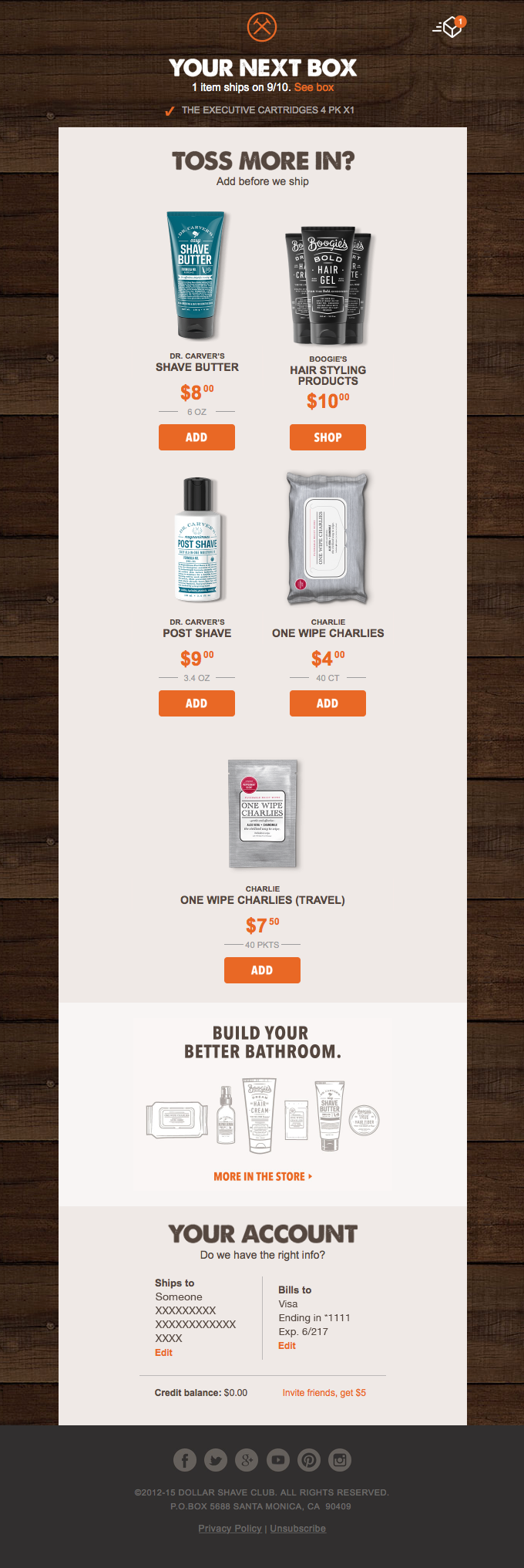
An email list segmentation that works: recent purchases.
Email Segmentation Idea Based on Browsing Behavior
A user’s browsing habits can also be used as an email segmentation idea.
For instance, a customer might have registered, looked at multiple products, and placed an item in their shopping basket, but they never completed the transaction.
One effective strategy to convert a possibly lost transaction into a successful conversion is to target these customers with segmented emails that remind them of their abandoned shopping cart or highlight alternatives to items they have shown interest in.

Family and Relationship Status for Segmentation
You can leverage critical information about possible customer behavior found in a person’s family and relationship status as ideas for email segmentation.
A married person with multiple children, for instance, will have different purchasing interests than a bachelor or bachelorette without children.
So, when segmenting your email list, take into consideration specific details about your subscribers:
- Their relationship status,
- Their age,
- The age of their children.
You can now create engaging, relevant, and segmented email campaigns that target personalized shopping habits and lifestyle needs.

Email Segmentation Example by Location
There are two primary situations where segmenting emails by location is necessary:
- When a retailer offers localized services or shipping.
- When a retailer offers different services or products to different locations.
It can frequently be a mix of the two. For instance, a Dallas plumbing business might provide other services, such drain cleaning, to the Dallas-Fort Worth region.
The business might also possess a wholesale warehouse from which it supplies plumbing materials to stores in Texas, Oklahoma, and Arkansas. As a result, the geography of these two target audiences needs to be taken into account for segmented email campaigns.
One way to do this is to create these campaigns for each audience, while also creating a general monthly newsletter with company updates for all subscribers.
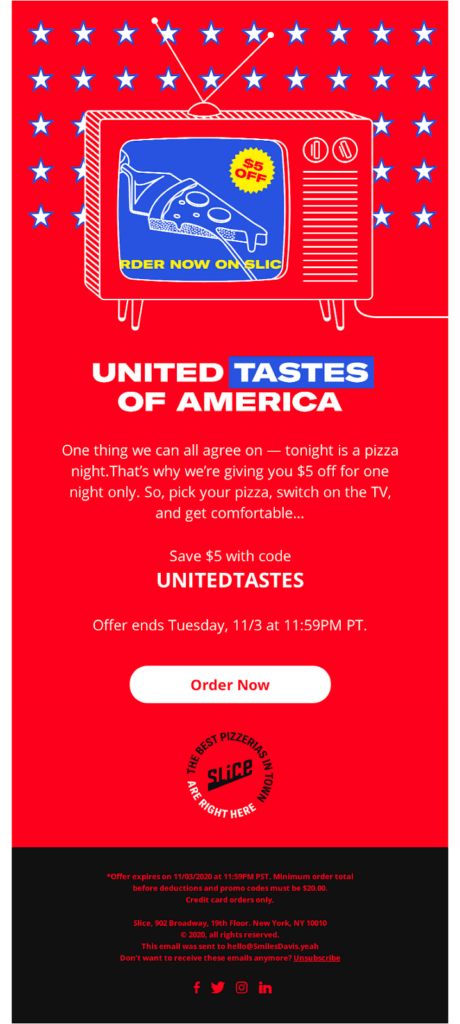
Native Language Email Segmentation Idea
Email marketing efforts for merchants with multilingual target audiences perform noticeably better when they are segmented based on the native language of the subscriber.
This is particularly relevant if the retailer provides goods or services to several nations with various linguistic systems. In addition, other languages are spoken often even in countries where English is the official language.
For example, in the United States, the official language is English, but there are many native speakers of:
- Spanish,
- Arabic,
- Hindu,
- Mandarin,
- And other languages.
The ability for subscribers to select the language in which emails they get from a company is another advantage of dividing up email newsletters based on language.
This enables your segmented email marketing campaign to be highly personalized and recognizable.
Email Segmentation Best Practices from Flowium
Here are some additional points of value in strategizing segmentation that our experts want to emphasize on. These are the best email segmentation practices that were tried by our team and proved to be effective through the years.
- The more subscribers on your list, the more value granularity in your segmentation will provide. A segment with very strict definitions might contain only 30 users out of a list of 1000. Three thousand users might receive this identical clearly defined segment with a list of 100,000.
- Put extra segmentation first, focusing on areas with the greatest effects. For various firms, this could signify different things. To determine how big these segments actually are, you must decide which segment definitions would be most valuable and develop these definitions.
- Research purchase behavior. How can we convert one-time clients into repeat business? Turning two-time clients into three-time ones? How many customers have made six or more purchases? Make these categories and devise a strategy to sell to them in a way that will either move them from being a two- to a three-time customer or appropriately recognize those who have been a customer for six or more times.
- In order to successfully get back subscribers, focus on expired and risky groups. Make sure to balance out your snapshot section with an engaged segment to maintain deliverability. Take a portion of your unengaged list, say 30%, and send a campaign to these users. Target these audiences on a regular basis in an effort to re-engage former disengaged subscribers and reignite their interest in your business.
Final Thoughts
Now you know for sure that email segmentation is vital to success with marketing. It allows you to craft email campaigns that are highly relevant to your subscribers and, thus, reduce unsubscribes, avoid spam filters, and increase engagement rates. The strategies and practices provided in this article are all has been used by Flowium for our projects and shown great results, so you can apply them without hesitation. If you need professionals to segment your email list and organize email marketing, contact our team right now, We’re happy to help!

